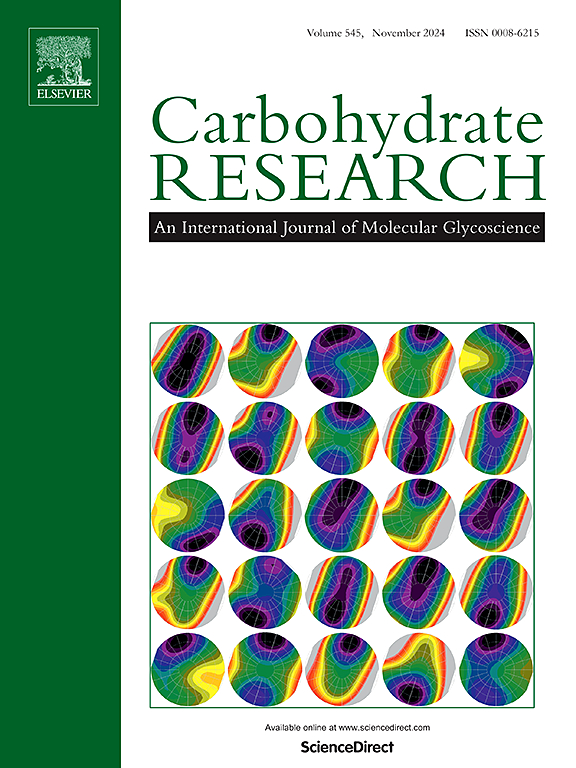Chloramphenicol glycoside derivative: A way to overcome its antimicrobial resistance and toxicity
IF 2.4
3区 化学
Q3 BIOCHEMISTRY & MOLECULAR BIOLOGY
引用次数: 0
Abstract
Triggered by the urgent need to tackle the global crisis of multidrug-resistant bacterial infections, in this work, we present a way to overcome chloramphenicol resistance by introducing modifications based on the glycosylation of its hydroxyl groups. The synthesized derivatives demonstrate complete resistance to the action of recombinant chloramphenicol acetyltransferase (CAT) from Escherichia coli and efficacy against methicillin-resistant Staphylococcus aureus (MRSA), Escherichia coli ESBL, and Pseudomonas aeruginosa ATCC 27853. Glycosylation gives chloramphenicol an additional advantage - the stable glycosidic form is less toxic to human dermal fibroblasts and has significantly better water solubility than non-glycosylated chloramphenicol. Using a specific glycosidase, chloramphenicol can be almost immediately released from the stable prodrug at the site of polybacterial infections.

求助全文
约1分钟内获得全文
求助全文
来源期刊

Carbohydrate Research
化学-生化与分子生物学
CiteScore
5.00
自引率
3.20%
发文量
183
审稿时长
3.6 weeks
期刊介绍:
Carbohydrate Research publishes reports of original research in the following areas of carbohydrate science: action of enzymes, analytical chemistry, biochemistry (biosynthesis, degradation, structural and functional biochemistry, conformation, molecular recognition, enzyme mechanisms, carbohydrate-processing enzymes, including glycosidases and glycosyltransferases), chemical synthesis, isolation of natural products, physicochemical studies, reactions and their mechanisms, the study of structures and stereochemistry, and technological aspects.
Papers on polysaccharides should have a "molecular" component; that is a paper on new or modified polysaccharides should include structural information and characterization in addition to the usual studies of rheological properties and the like. A paper on a new, naturally occurring polysaccharide should include structural information, defining monosaccharide components and linkage sequence.
Papers devoted wholly or partly to X-ray crystallographic studies, or to computational aspects (molecular mechanics or molecular orbital calculations, simulations via molecular dynamics), will be considered if they meet certain criteria. For computational papers the requirements are that the methods used be specified in sufficient detail to permit replication of the results, and that the conclusions be shown to have relevance to experimental observations - the authors'' own data or data from the literature. Specific directions for the presentation of X-ray data are given below under Results and "discussion".
 求助内容:
求助内容: 应助结果提醒方式:
应助结果提醒方式:


